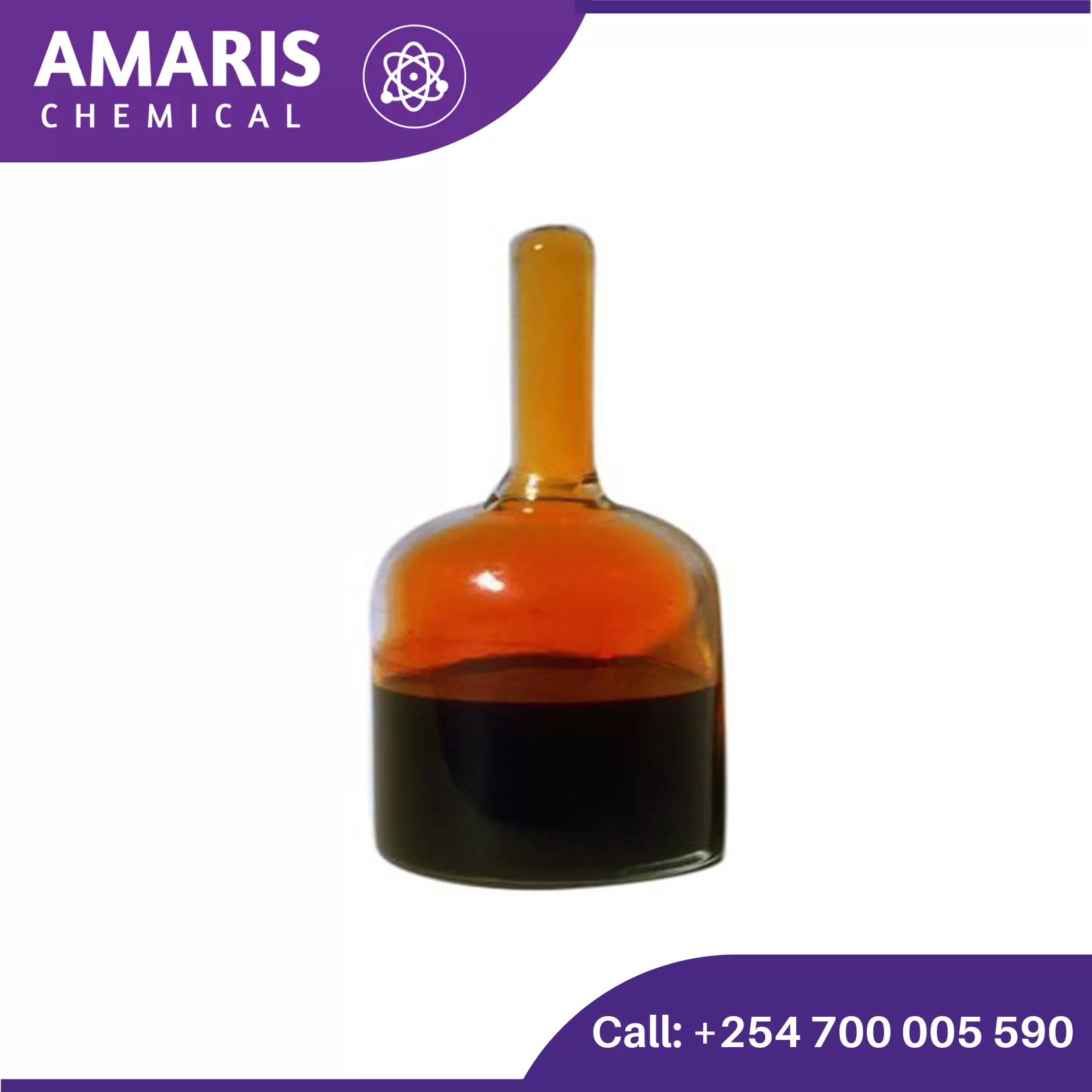
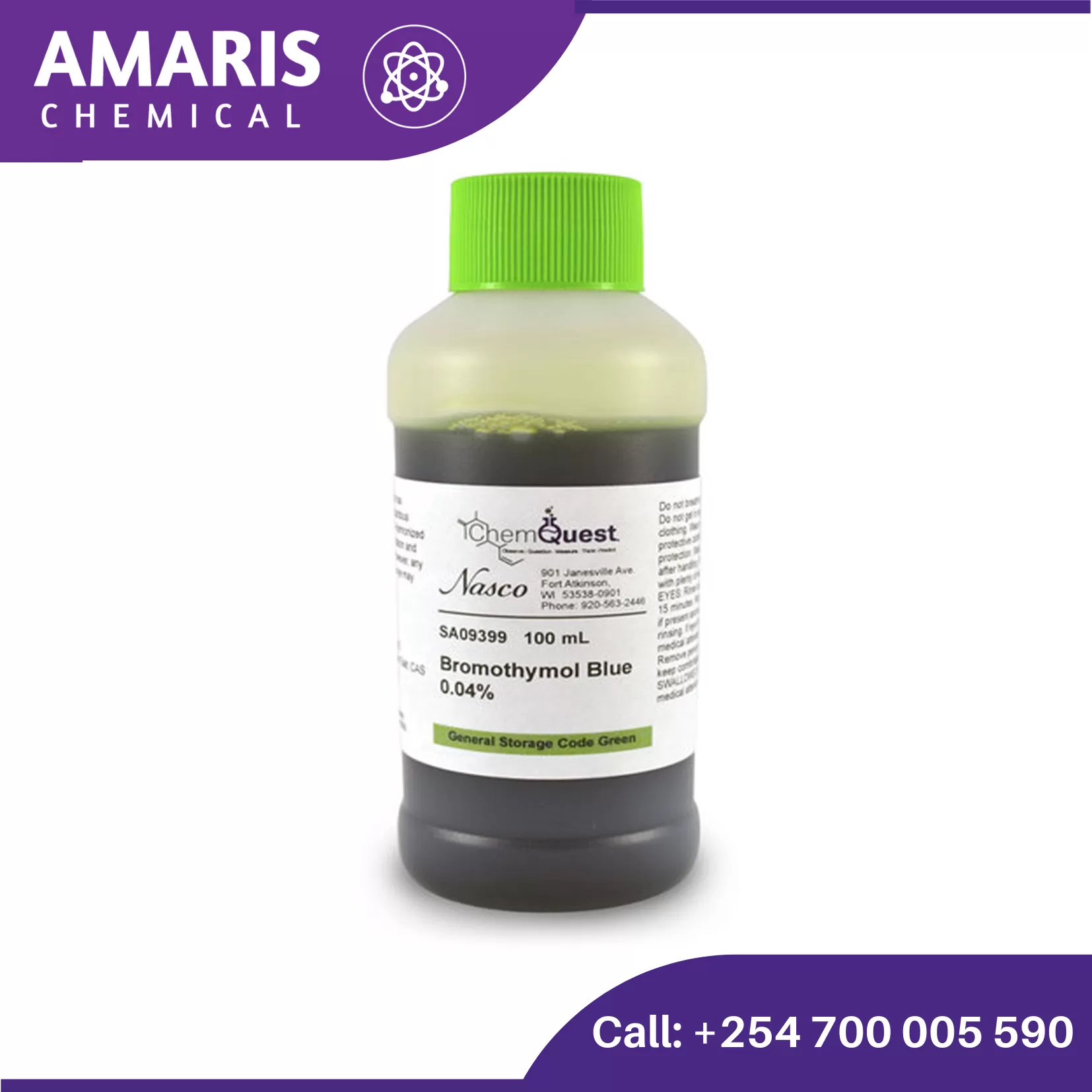
Bromine Water 1 liter
$1,750.00 Original price was: $1,750.00.$1,600.00Current price is: $1,600.00.
Bromine water is a solution of bromine (Br₂) in water. It is a reactive and strong oxidizing agent used primarily in chemical analysis and organic chemistry. Here are some key points about bromine water:
Properties
- Appearance: It has a reddish-brown color due to the presence of bromine.
- Odor: It has a strong, unpleasant smell similar to chlorine.
- Solubility: Bromine is only slightly soluble in water but dissolves better in organic solvents.
Uses of Bromine Water
1. Testing for Unsaturation in Organic Compounds
Bromine water is widely used to test for the presence of unsaturated compounds (alkenes and alkynes). When added to an unsaturated compound, the bromine adds across the double or triple bonds, leading to the decolorization of the bromine water.
- Example Reaction: C2H4(ethene)+Br2→C2H4Br2(1,2-dibromoethane)text{C}_2text{H}_4 (text{ethene}) + text{Br}_2 rightarrow text{C}_2text{H}_4text{Br}_2 (text{1,2-dibromoethane})C2H4(ethene)+Br2→C2H4Br2(1,2-dibromoethane)
2. Detection of Phenols
Phenols react with bromine water to form a white precipitate of 2,4,6-tribromophenol, indicating the presence of a phenolic group.
- Example Reaction: C6H5OH(phenol)+3Br2→C6H2Br3OH(2,4,6-tribromophenol)+3HBrtext{C}_6text{H}_5text{OH} (text{phenol}) + 3text{Br}_2 rightarrow text{C}_6text{H}_2text{Br}_3text{OH} (text{2,4,6-tribromophenol}) + 3text{HBr}C6H5OH(phenol)+3Br2→C6H2Br3OH(2,4,6-tribromophenol)+3HBr
3. Oxidation Reactions
Bromine water can oxidize certain functional groups in organic compounds, such as converting aldehydes to carboxylic acids.
- Example Reaction: RCHO(aldehyde)+Br2+H2O→RCOOH(carboxylic acid)+2HBrtext{RCHO} (text{aldehyde}) + text{Br}_2 + text{H}_2text{O} rightarrow text{RCOOH} (text{carboxylic acid}) + 2text{HBr}RCHO(aldehyde)+Br2+H2O→RCOOH(carboxylic acid)+2HBr
4. Identification of Aliphatic Amines
Primary and secondary aliphatic amines can be distinguished from tertiary amines using bromine water. Primary and secondary amines react with bromine to form N-bromoamines, while tertiary amines do not react.
5. Detection of Aniline and Its Derivatives
Aniline and its derivatives react with bromine water to form a precipitate of 2,4,6-tribromoaniline, which is a useful test for identifying these compounds.
- Example Reaction: C6H5NH2(aniline)+3Br2→C6H2Br3NH2(2,4,6-tribromoaniline)+3HBrtext{C}_6text{H}_5text{NH}_2 (text{aniline}) + 3text{Br}_2 rightarrow text{C}_6text{H}_2text{Br}_3text{NH}_2 (text{2,4,6-tribromoaniline}) + 3text{HBr}C6H5NH2(aniline)+3Br2→C6H2Br3NH2(2,4,6-tribromoaniline)+3HBr
6. Bleaching and Disinfection
Due to its strong oxidizing properties, bromine water can be used for bleaching certain substances and as a disinfectant in laboratory settings.
7. Analytical Chemistry
Bromine water is used in various qualitative and quantitative analyses to identify and measure specific organic and inorganic substances.


MAECENAS IACULIS
Vestibulum curae torquent diam diam commodo parturient penatibus nunc dui adipiscing convallis bulum parturient suspendisse parturient a.Parturient in parturient scelerisque nibh lectus quam a natoque adipiscing a vestibulum hendrerit et pharetra fames nunc natoque dui.
ADIPISCING CONVALLIS BULUM
- Vestibulum penatibus nunc dui adipiscing convallis bulum parturient suspendisse.
- Abitur parturient praesent lectus quam a natoque adipiscing a vestibulum hendre.
- Diam parturient dictumst parturient scelerisque nibh lectus.
Scelerisque adipiscing bibendum sem vestibulum et in a a a purus lectus faucibus lobortis tincidunt purus lectus nisl class eros.Condimentum a et ullamcorper dictumst mus et tristique elementum nam inceptos hac parturient scelerisque vestibulum amet elit ut volutpat.










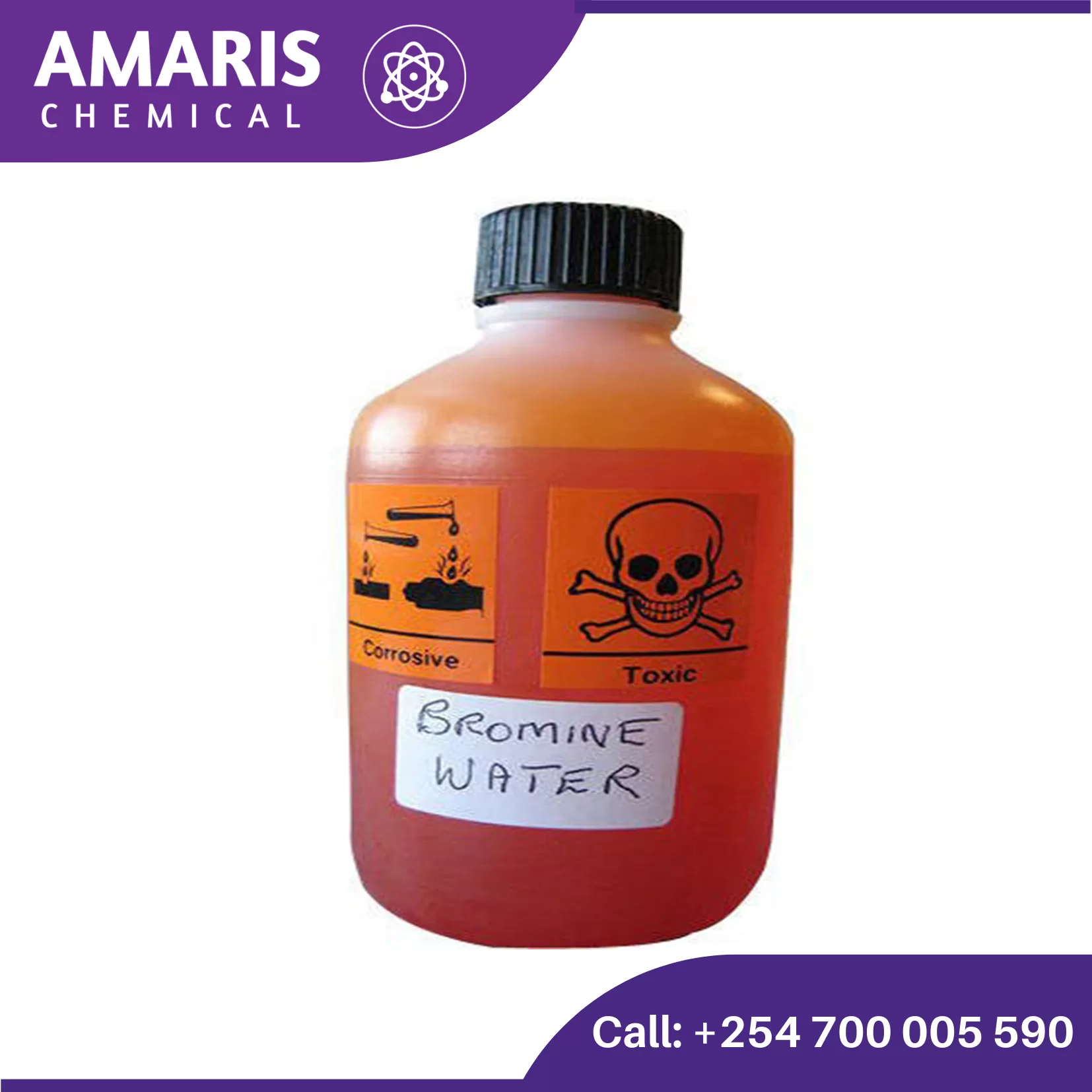
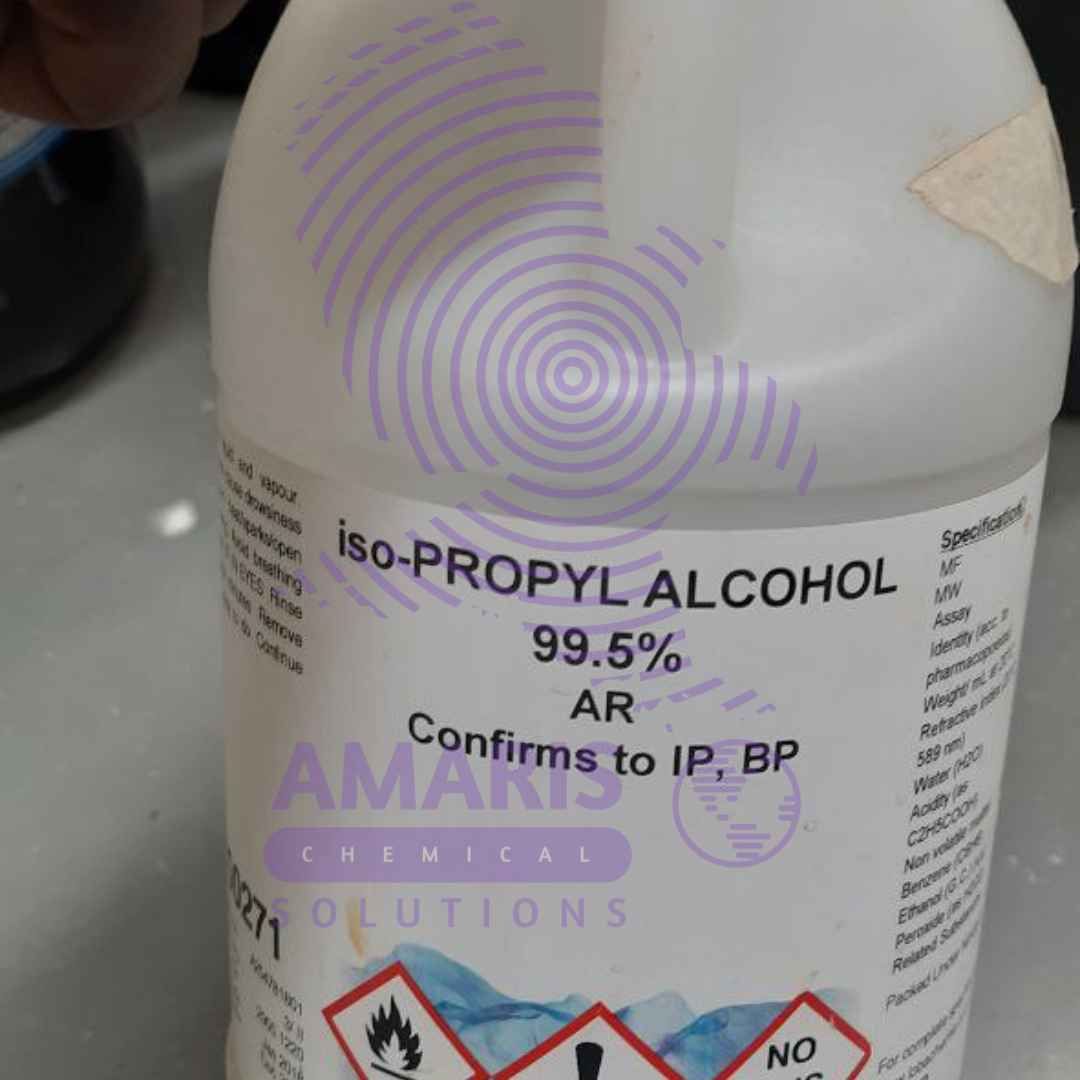
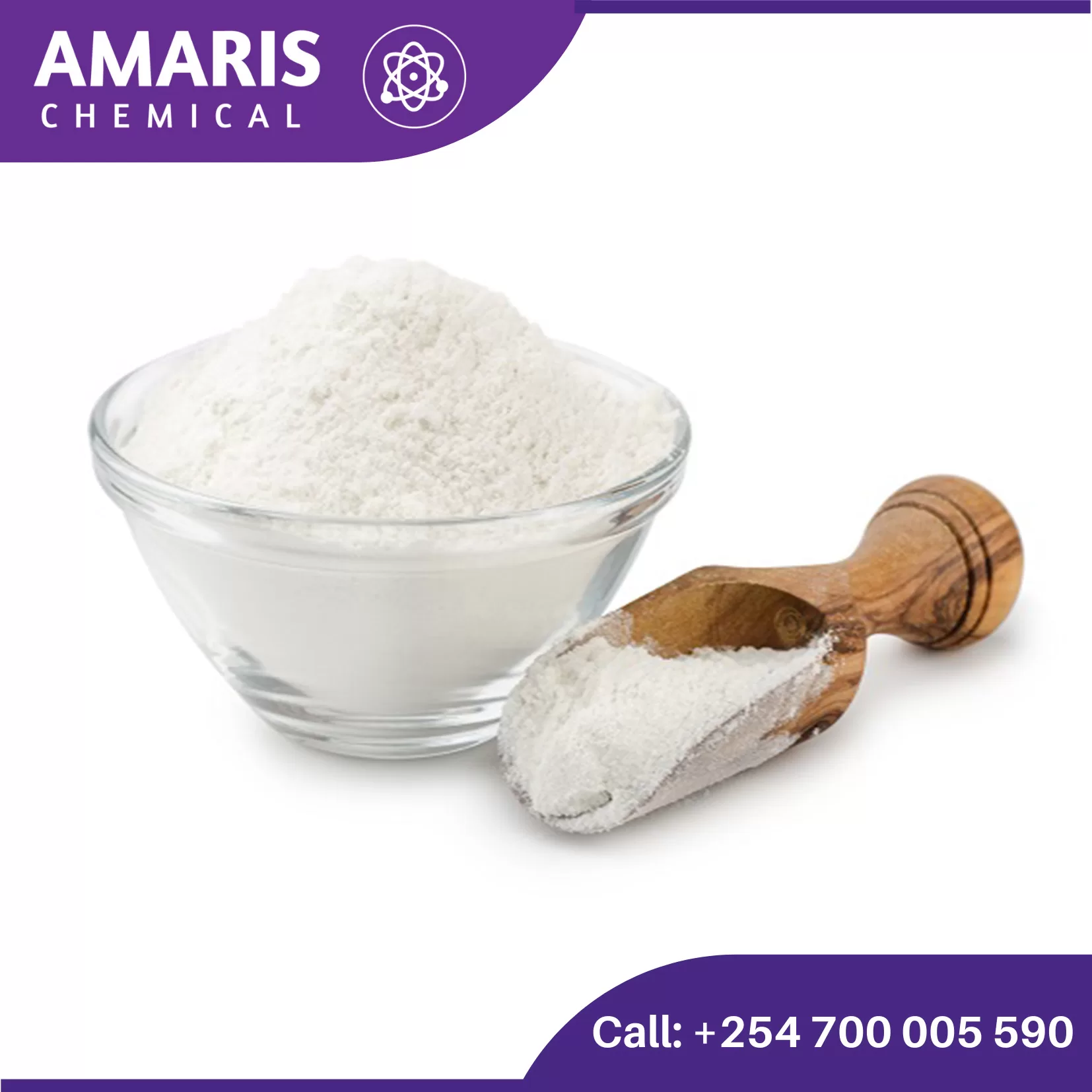
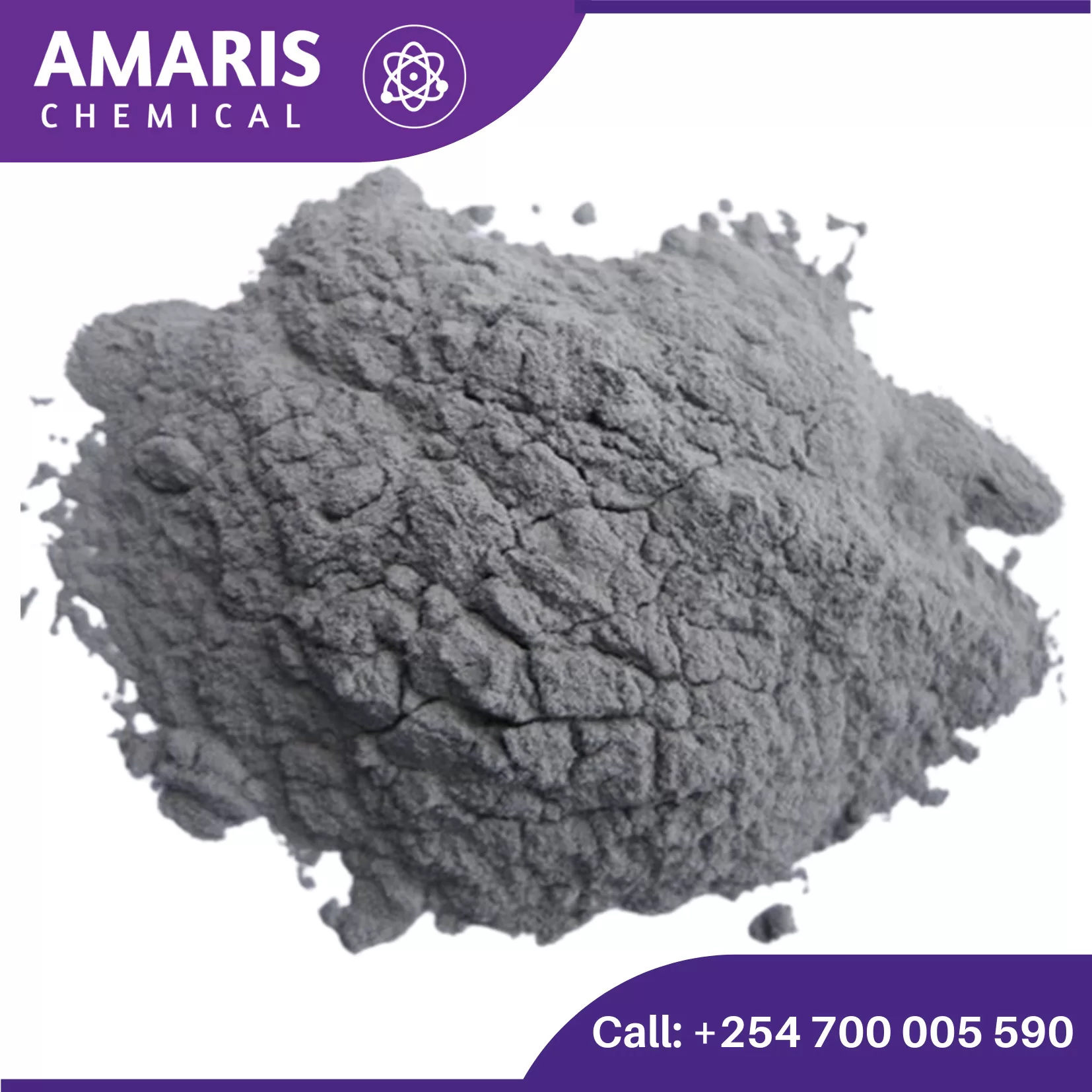
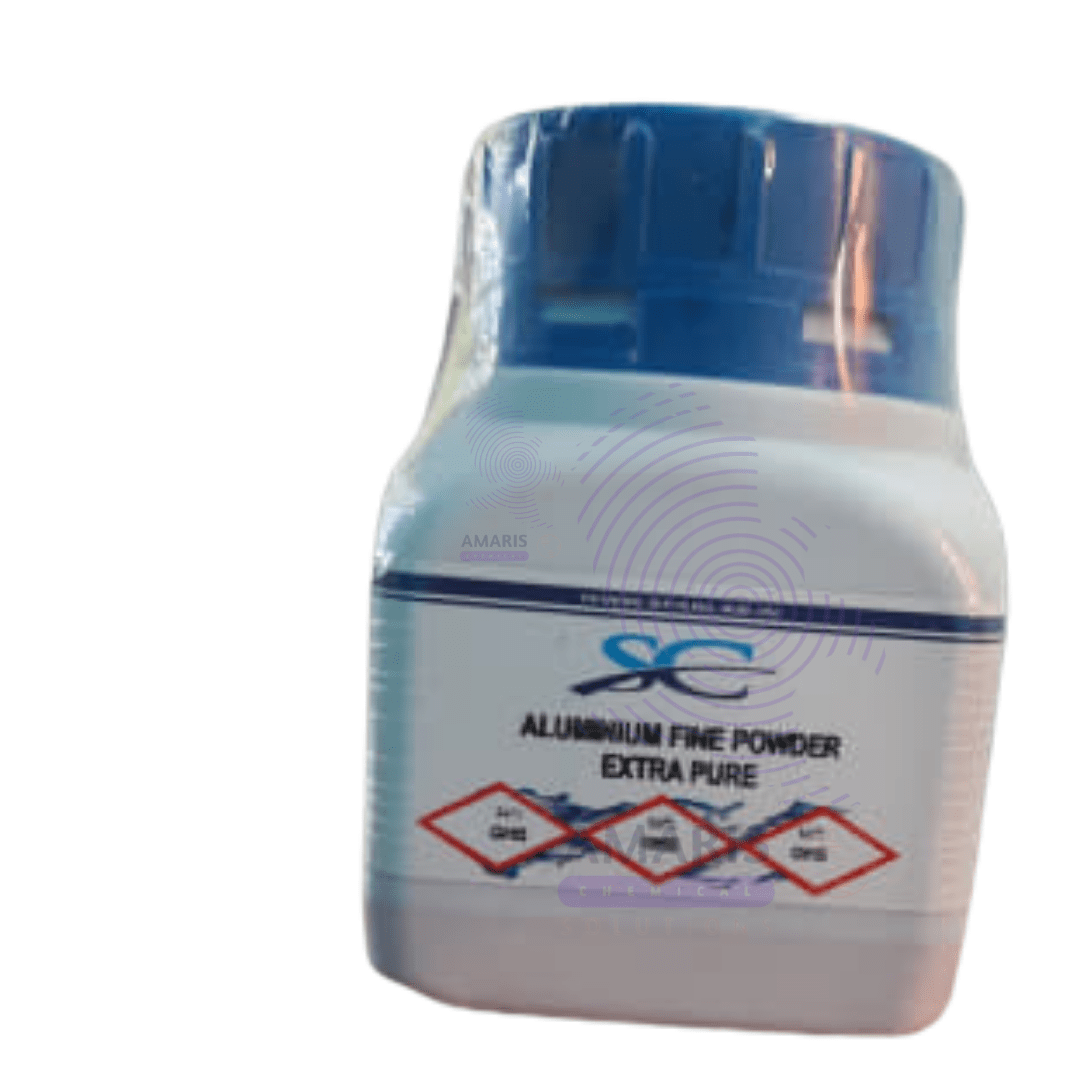
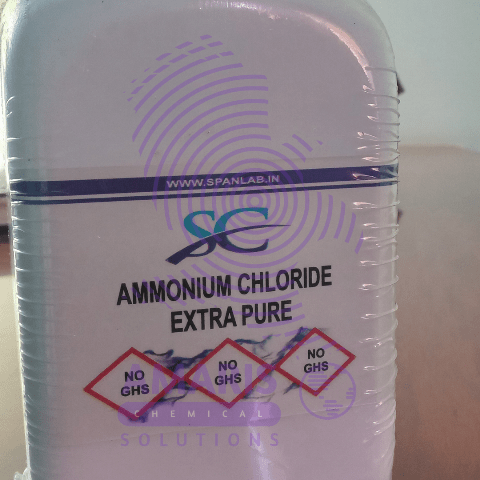

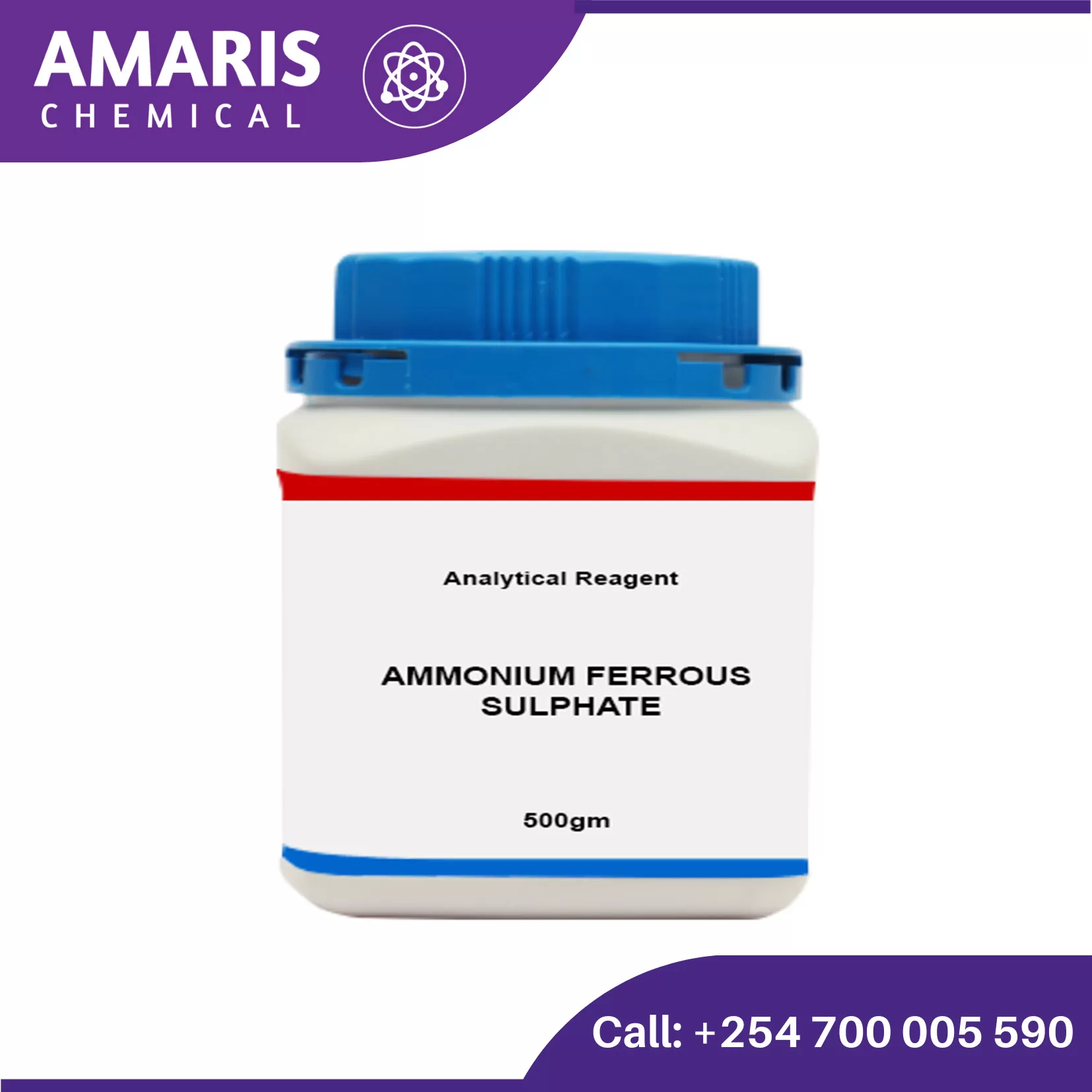
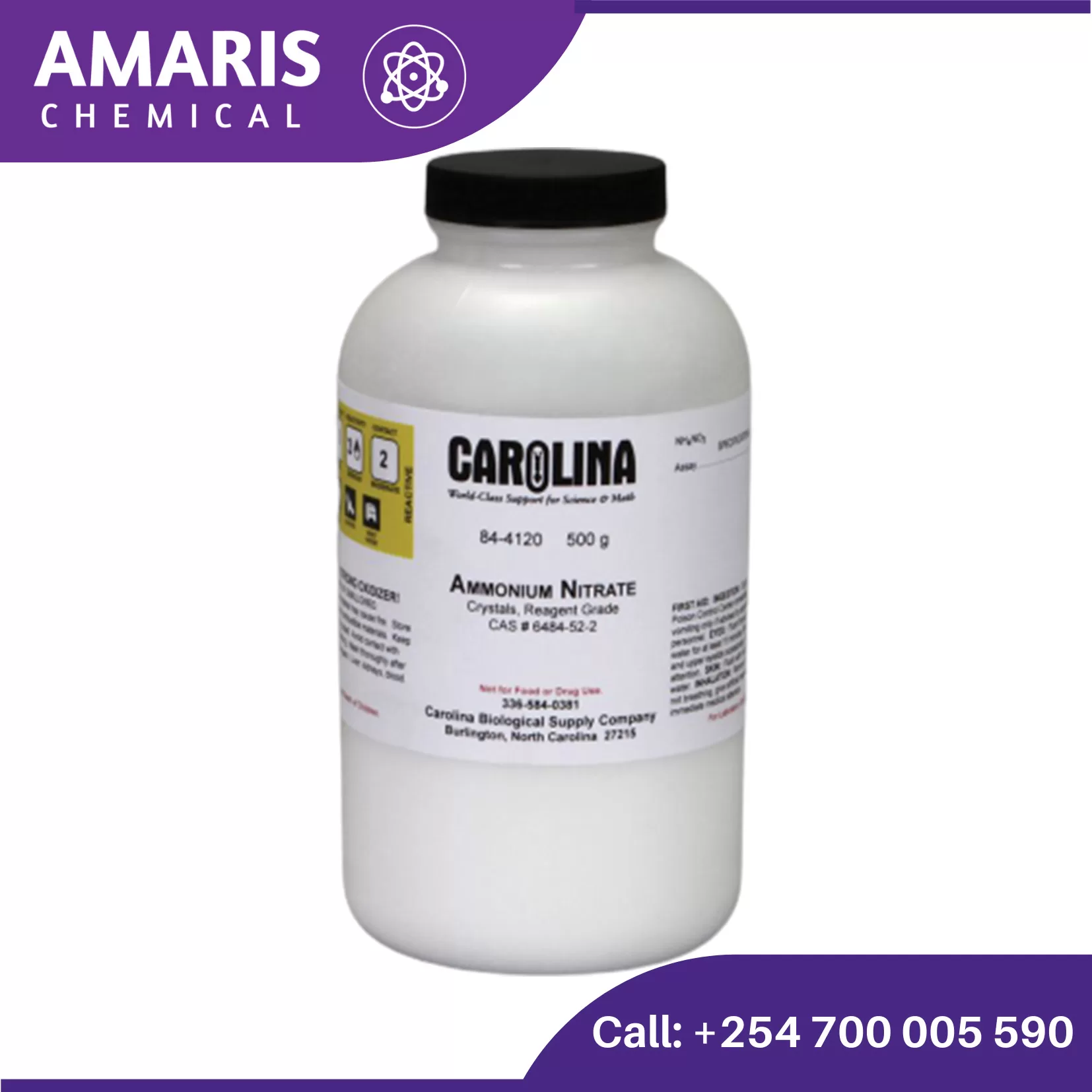
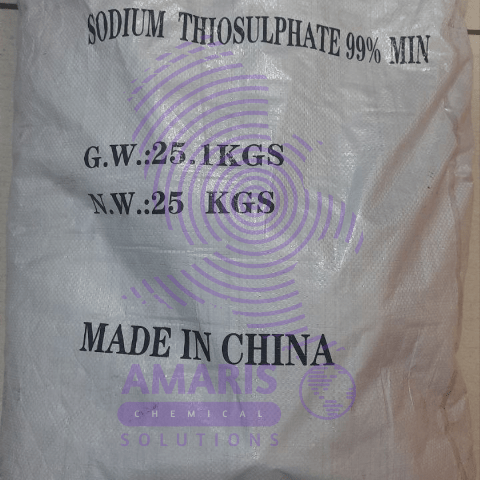
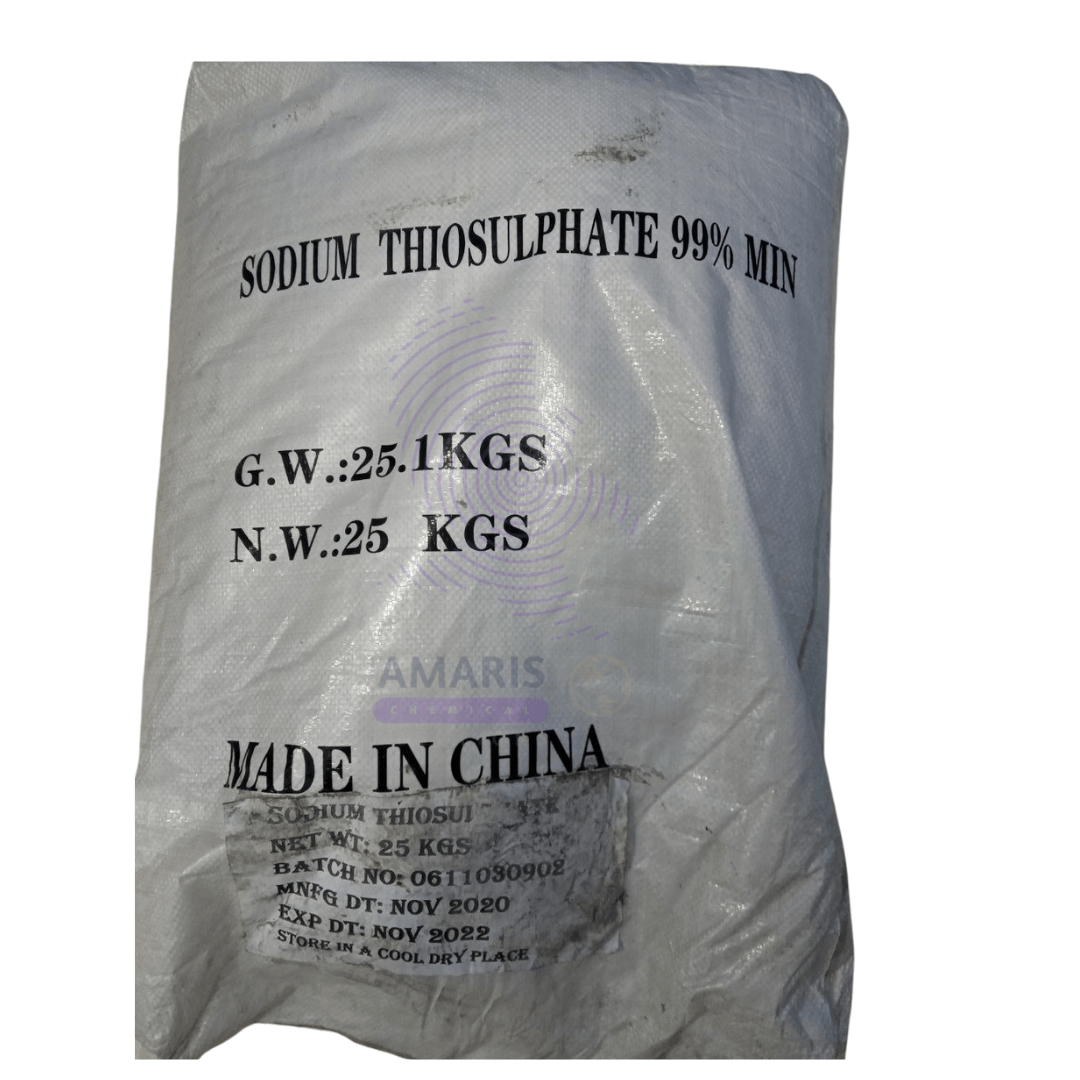









Reviews
There are no reviews yet.